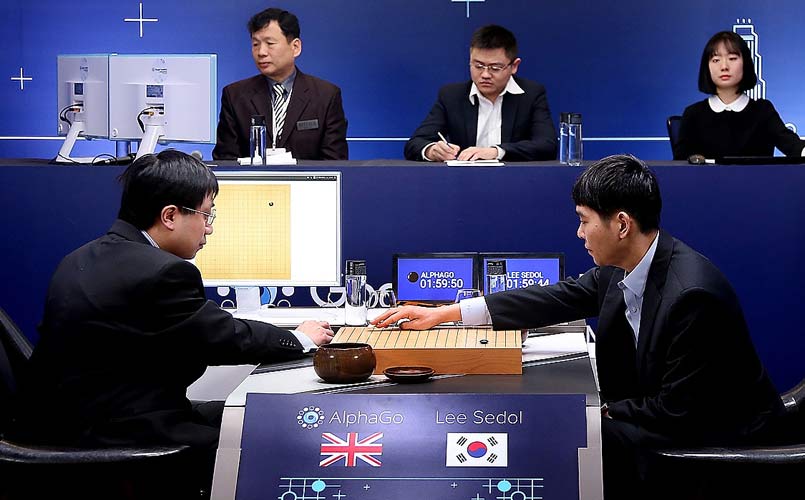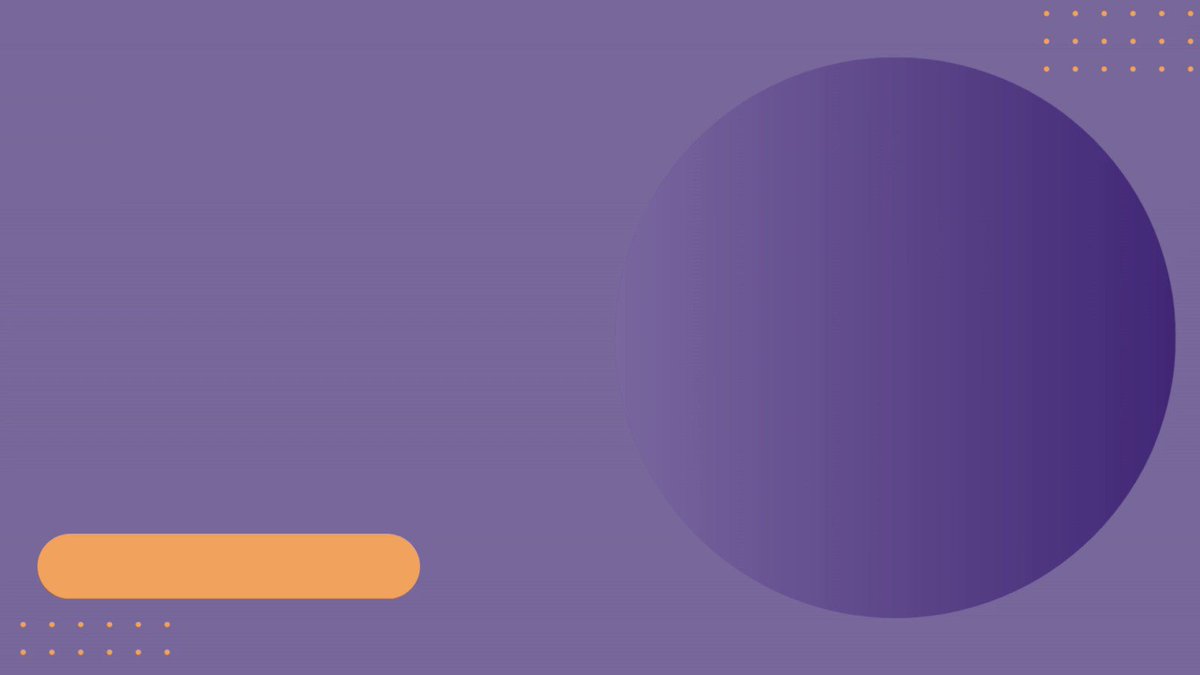Megha Anilkumar Nair
6:10
6:11
6:13
6:14
6:18
6:20
6:22
6:23
6:24
6:28
6:29
6:31
6:33
6:35
6:36
6:39
6:42
6:42
6:44
6:49
6:50
6:53
6:54
6:57
6:58
7:00
7:02
7:02
7:04
7:07
7:07
7:09
7:11
7:11
7:19
7:23
7:23
7:24
7:27
7:28
Connecting…










